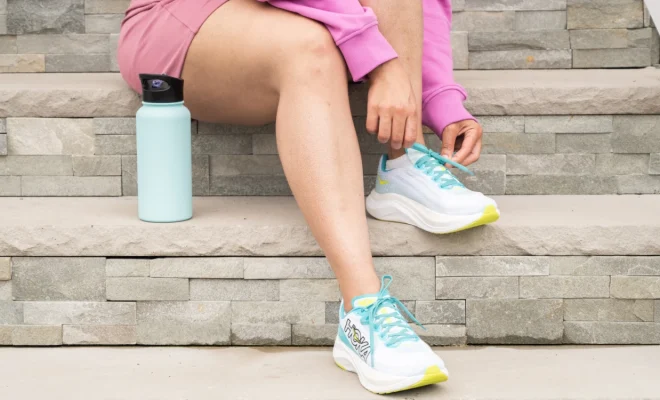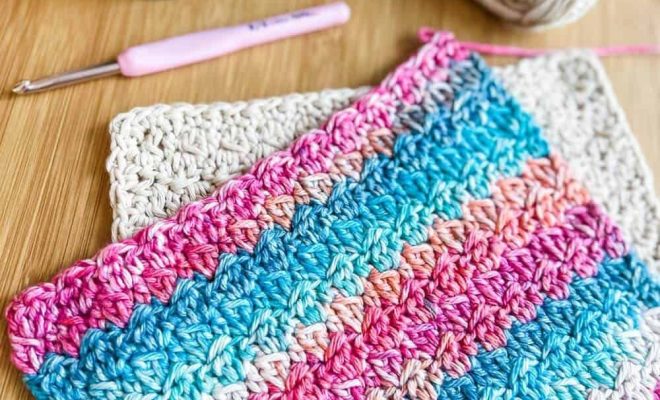How to Find the Best Walking Shoes

Introduction:
Walking is one of the most accessible and enjoyable forms of exercise, offering numerous health benefits. In order to maximize comfort and prevent injuries, it’s essential to find the perfect pair of walking shoes. This article will guide you through the process of finding the best walking shoes tailored to your needs.
1. Determine your foot type:
Before you start shopping for walking shoes, you need to determine your foot type, as this will have a significant impact on your choice. You can do this through a simple wet test. Wet your feet and step onto a piece of paper or a flat surface, then examine the print left behind.
There are three primary foot types:
– Flat (Pronation): A full imprint with little or no arch visible.
– Normal (Neutral): A distinct curve along the inside of the foot.
– High-arched (Supination): A very sharp curve on the inside with only a thin strip connecting the heel and ball of your foot.
2. Assess cushioning, support, and stability:
Once you have identified your foot type, look for walking shoes that provide appropriate levels of cushioning, support, and stability for that specific type.
– Flat feet require more stability control to minimize overpronation. Choose shoes that have firm midsoles and added support features.
– Neutral feet need a moderate amount of cushioning and support for overall comfort. Opt for well-cushioned shoes with good arch support.
– High-arched feet require maximum cushioning to counteract the lack of natural shock absorption caused by supination. Look for shoes that offer adequate padding underneath the entire foot.
3. Consider shoe closure systems:
Different walking shoes come with various closure systems such as laces, Velcro, or slip-on designs. Choose a closure system that is both comfortable and provides a secure fit for your feet.
4. Choose the right materials:
Walking shoes should be made of materials that are breathable, lightweight, and durable. Mesh or synthetic materials help to keep your feet cool and dry while walking.
5. Pick the appropriate size and fit:
To ensure optimal comfort and prevent blisters or discomfort, choose shoes that fit well. It’s best to try on shoes in the afternoon when your feet are naturally slightly swollen. Make sure you can wiggle your toes freely, and there is a snug but not overly tight fit around the heel and arch.
6. Test the shoes:
Lastly, test your selected shoes by walking around in-store for a few minutes. If possible, walk on different surfaces like carpet, hard floors, or even a treadmill to gauge comfort, grip, and overall feel.
Conclusion:
The secret to finding the best walking shoes lies in understanding your individual needs based on foot type, cushioning, support, materials, size, and personal preferences. By following these guidelines and thoroughly assessing potential options, you will be well-equipped to choose the perfect pair of walking shoes to enhance your walking experience.






